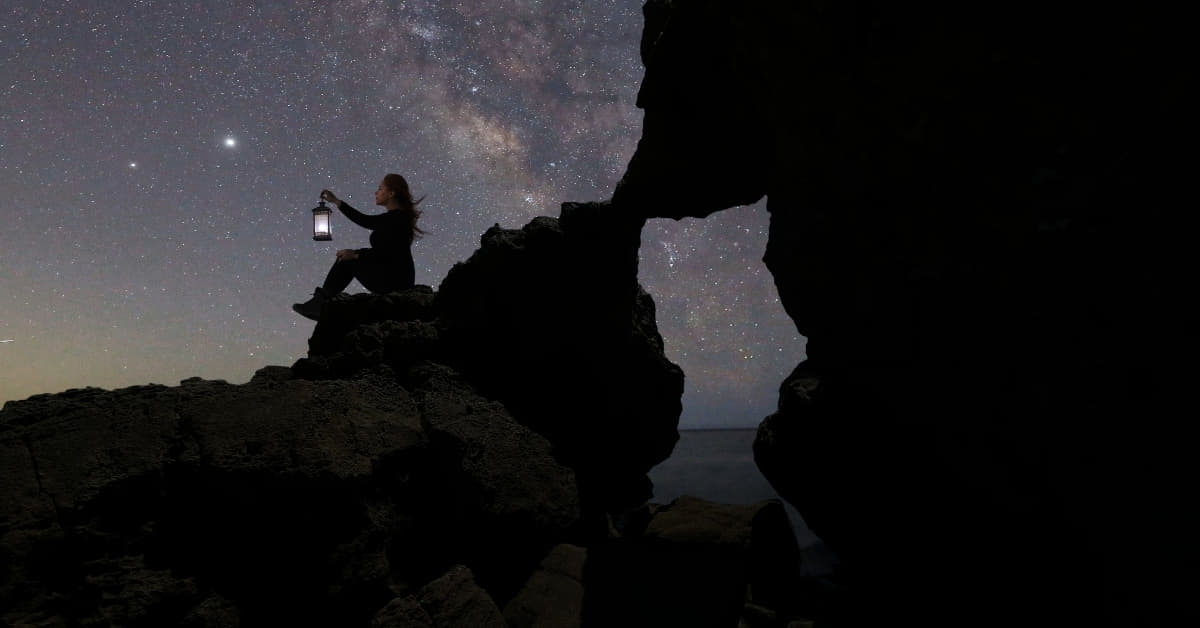Astrophotography is a captivating blend of art and science that allows enthusiasts to capture the beauty of the night sky through the lens of a camera. Whether you’re a seasoned photographer or a curious beginner, this guide will take you on a journey through the mesmerizing world of astrophotography, offering valuable insights, tips, and techniques to help you create stunning celestial images.
Understanding Astrophotography
Astrophotography is a photography type that aims to capturing images of celestial objects such as stars, planets, and galaxies. It requires specialized equipment, including a DSLR or mirrorless camera, a sturdy tripod, and often a telescope or tracking mount to compensate for the Earth’s rotation. The goal is to capture long-exposure images that reveal details not visible to the naked eye.
Key Equipment
- Camera: Use a DSLR or mirrorless camera with manual settings for optimal control over exposure and focus.
- Lens: Invest in a fast and wide-angle lens to capture more of the night sky.
- Tripod: Ensure stability for long-exposure shots by using a sturdy tripod.
- Tracking Mount: Reduce star trailing by using a tracking mount that compensates for the Earth’s rotation.
Tips for Astrophotography Success
- Location Matters: Choose a dark sky location away from light pollution for clearer and more vibrant images.
- Manual Settings: Learn to adjust ISO, aperture, and shutter speed manually for precise control over your shots.
- Focus on Infinity: Set your lens to manual focus and focus on infinity for sharp star images.
- Long Exposures: Experiment with longer exposure times to capture faint details, but be mindful of star trails.
- Image Stacking: Combine multiple images to reduce noise and enhance details in photo editing.
FAQs
Can I start astrophotography without expensive equipment?
Absolutely! While specialized gear enhances results, you can begin with a DSLR, a kit lens, and a tripod. Practice basic techniques and gradually invest in additional equipment.
How do I find a suitable dark sky location?
Use light pollution maps or apps to locate areas away from city lights. National parks and rural areas are often ideal for astrophotography.
What’s the best time for astrophotography?
The best time is during a new moon when the sky is darkest. Plan your shoots around the lunar cycle to avoid moonlight interference.
How can I edit astrophotos effectively?
Use software like Adobe Lightroom or specialized astrophotography tools. Adjust levels, reduce noise, and enhance details for the best results.
Conclusion
Astrophotography is a rewarding pursuit that allows photographers to capture the magic of the cosmos. With the right equipment, techniques, and a touch of patience, you can unveil the beauty of the night sky in ways you never imagined. So, venture out into the darkness, set up your equipment, and let the wonders of astrophotography unfold before your lens.
This page was last edited on 27 February 2024, at 12:26 pm
